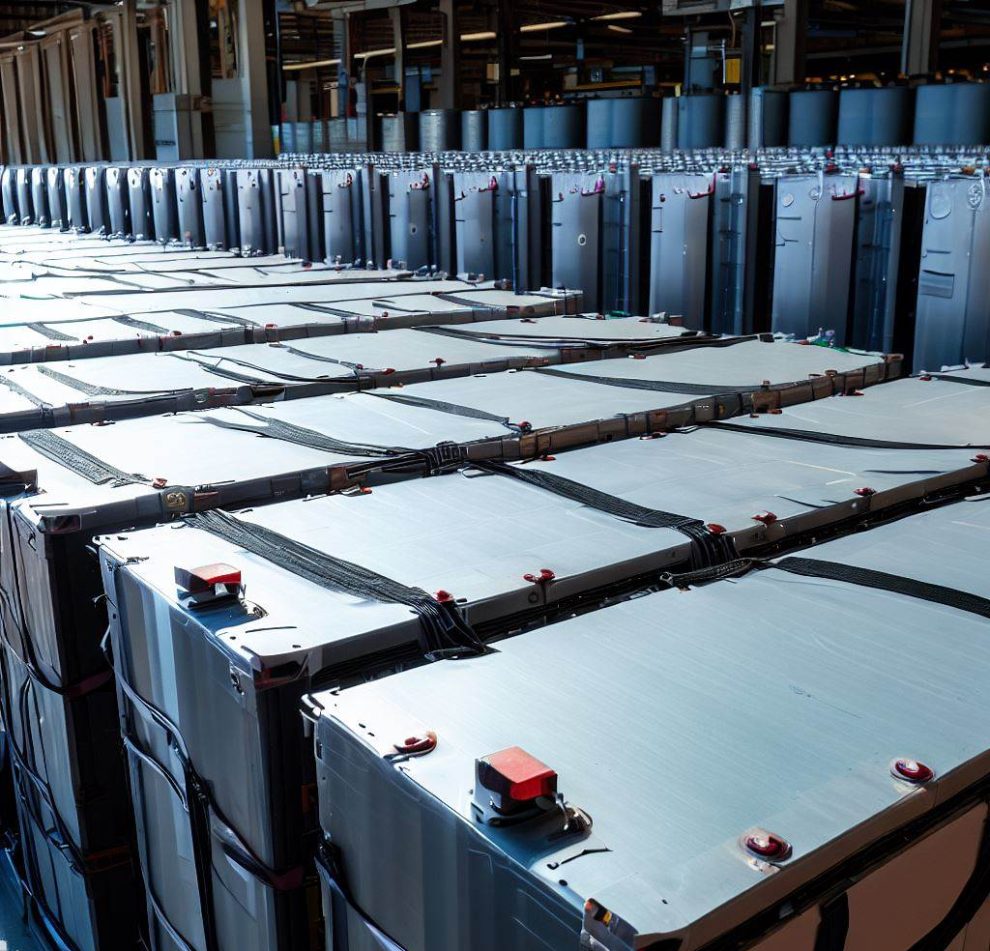Energy storage batteries and EV batteries also differ in terms of modularity and integration.
- Energy Storage Batteries:
- For grid or home energy storage, batteries are typically designed in modular formats where individual cells or modules can be easily replaced or added depending on capacity needs.
- The structural emphasis is on scalability. These batteries often come in large, block-like modules that can be combined in various configurations to fit different storage systems, from residential setups to industrial-scale installations.
- Durability in a stationary setting is prioritized over compactness, allowing for less emphasis on minimizing size or weight.
- EV Batteries:
- In contrast, EV batteries are tightly integrated into the vehicle structure, and the form factor is critical to vehicle design.
- EV battery packs are structured for compactness and weight distribution. Battery modules are often shaped to fit the vehicle chassis, maximizing space and ensuring the center of gravity is optimized for handling.
- The structure of an EV battery is also designed for fast charging compatibility, with power electronics and battery management systems closely integrated to monitor and regulate charging and discharging rates.
Thus, the modular and scalable design of energy storage batteries contrasts with the more compact, integrated structure of EV batteries, tailored to their respective use cases.


